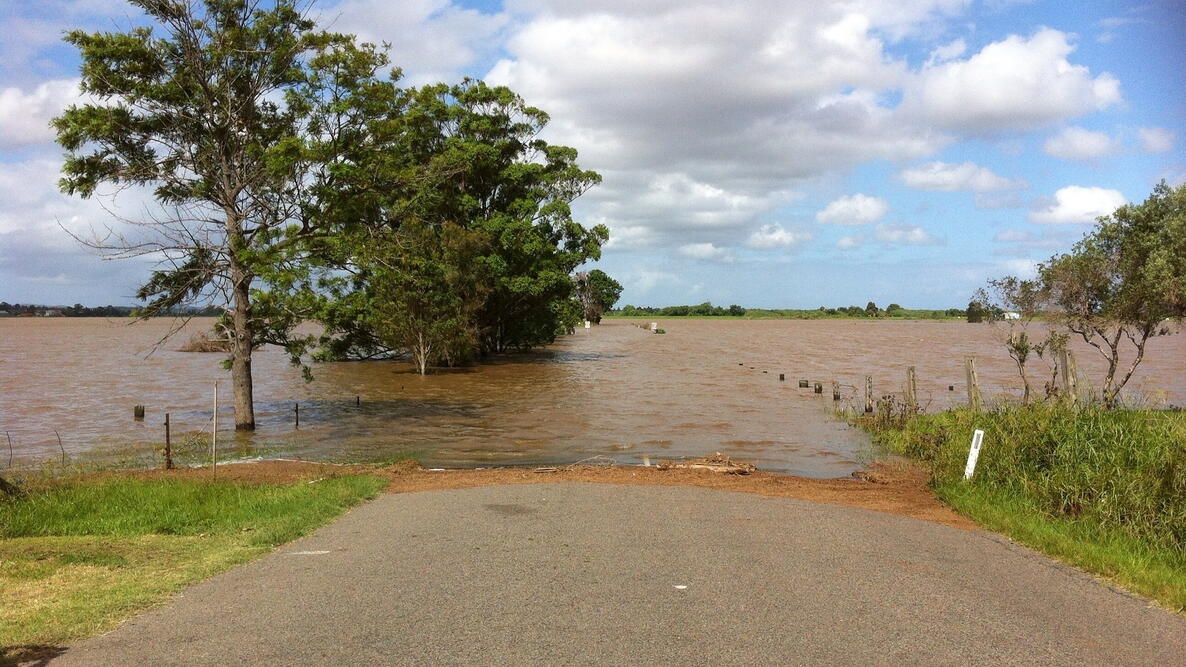Primary Image

Photo Credit
Pixabay
What to Look Out for When Flooding is Imminent
We have many areas subject to Flash Floods in our area Gullies and large Ditches and low lying areas and we had a Heavy Thunderstorm just over week or more ago
On a hot sunny Texas day I was enjoying the river along with 5 other family members. We had been sitting on some large white rock ledges and chatting with one another.
There had been no rain for over a week and never thought about the chance for flash flooding. We had all grown up on the river or had spent summers at this beautiful site.
It would turn out to be lucky for us that we all knew the signs of flooding.
As we sat, feet kicking the green clear water, I noticed a few cypress branches floating by our group. Someone remarked about the water looking murky. We stood up and saw larger branches and debris floating quickly by us.
We hurriedly gathered our belongs and started up the hill behind us. We stopped to look back, the water had completely covered the large rock area where we had just sat. We saw a poor raccoon being swept away by the now churning water.
We ran up and over the small hill that led to an adjoining creek. We crossed the creek and raced up the steep grassy lot to the house.
As we jumped onto the porch, out of breath, we looked towards the creek. The slow moving creek was now growing wider by the minute. The river was backing up into the creek.
The water rose over 100 feet on the creek. The river was tearing down anything in it's path. The sun was still shining and the sky was a perfect summer blue.
A few hours later, the creek was back to normal and the river was returning to it's normal conditions. It was a surprise to us all that were there.
We found out that about a hundred miles away there had been a torrential downpour. The waters had starting running and overflowing all through the hill country up river. This explained the flooding and no warning. We never knew until we were right there of the potential danger.
People need to be aware and diligent in all activities around water. We would have been in such trouble if we had not left right when we did. Always be watchful and aware.
There is an organization sponsored by Colorado State University called Community Collaborative Rain, Hail, and Snow Network, or CoCoRaHS. It consists of thousands of volunteers across the Country that report rainfall at their station every day. These data have proven to be very valuable with regard to predicting flash floods. Instead of only one or two reporting sites in a county, usually at a local air port, there may be dozens with the addition of these volunteers. The additional data gives forecasters a much better picture of when and where flash floods may occur. One can go to their website and obtain a bunch of very interesting and possibly valuable information regarding precipitation in any part of the USA and parts of Canada.
I had a project and this website really helped me with it and so I just wanted to say thank you for putting up this article up. I got a 100%!
so, yes or no!










Comments